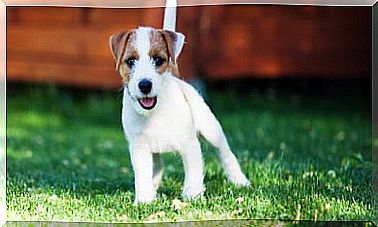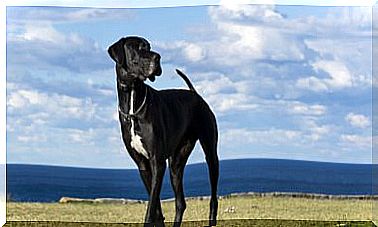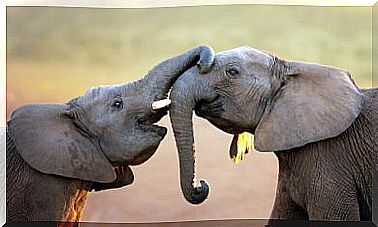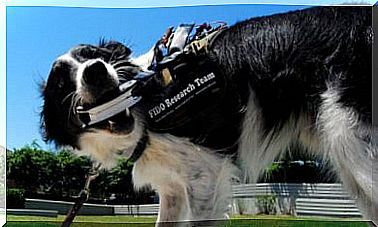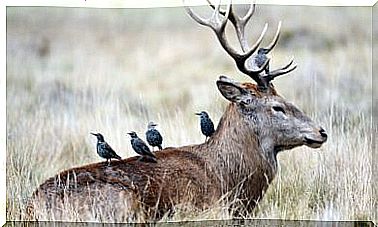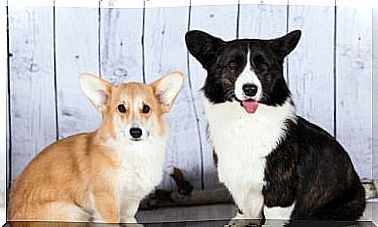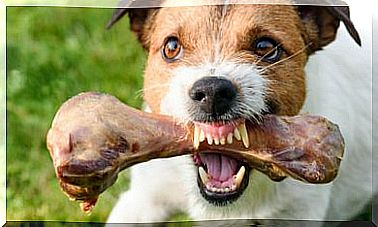The Samoyed, The Dog That Came From The Cold
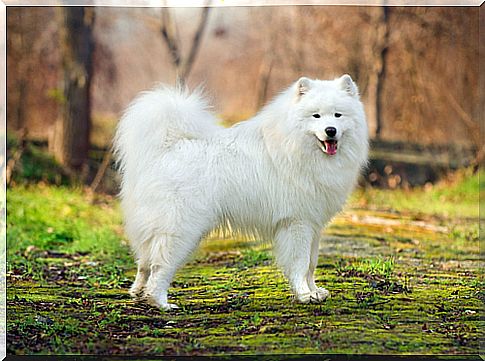
The Samoyed comes from the Nordic countries and is a direct descendant of the boreal wolf, which was born in the cold and therefore had to adapt to extremely freezing climates. At the end of the 19th century, the Samoyed arrived in Europe together with the English explorers who decided to take a pair of these specimens to England.
What is the Samoyed like?
The Samoyed stands out for being a large animal with a thick coat of hair. In addition, he is affectionate, sociable, docile and super obedient. The first tasks of this animal next to man, were related to the physical, since it was the chosen one when pulling the sled, protecting domestic pets, hunting and caring for livestock, as well as exercising other types of activities at low temperatures.
Currently, this species is appreciated throughout the world for its great physical capacity and of course, for its strength.
His story
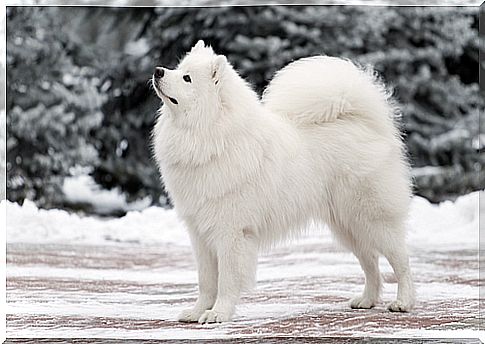
The Samoyed does not come from any mixture with another race, but it is a natural race. Its name is due to the Samoyed tribes that were located in northern Finland. The British were the ones who chose this breed and English high society decided to acquire it after the Prince of Wales sponsored a specimen. Therefore, we could say that already at that time, it had become a fashion to have a Samoyed and such is the case, that Queen Alejandra was not far behind and also obtained one.
In the year 1870 many Norwegian and English explorers went to the North Pole to look for the snow dog, as they also called it. Among these explorers, were the Kilburn-Scott breeders, who in 1889 gave rise to the current specimens, because in principle, their coat was not so uniform.
In 1920 the first Samoyeds club was created and the explorers Amundsen and Scott took these animals on their trips to the Antarctic.
What are the physical features of the Samoyed?
The Samoyed can have a height of 60cm and a muscular and broad body. Its constitution is firm and robust and its fur being so thick, it is insulating from the cold, so it tolerates being in cold places. However, they also adapt to temperate temperatures, but the heat makes them suffer a lot.
The Samoyeds have a creamy-white color, their eyes are dark, their snouts are sharp and their ears are pointed. All these characteristics make it a happy animal, very good and awake, even when caressing it gives the sensation of touching a stuffed animal. Its tail is long and full of hair and its hind legs are muscular and powerful. The normal weight of the Samoyed varies between 22 and 28 kilos, although it can weigh up to 30 kilos.
Ideal for children
Samoyeds are so good-natured that because of their docility, sympathy and affection, they could lead a life full of joy in a family home. This mascot has a self-confident character and is independent and guardian, but if they are disciplined and made involved from a young age in all the activities where children collaborate, the Samoyeds will play with them, protect them and be faithful to them. for life. Simply put, the Samoyed adores children.
Samoyed care

Having such thick hair requires a lot of care. Dogs of this breed need to be brushed at least twice a week, but above all, when it is in the shedding season, where the hair falls out in clumps.
The Samoyed does not need to be bathed frequently, but it is better to bathe him every so often and always resort to dry cleaning. If you have any doubts about it, check with your vet. On the other hand, it is essential that you know that it is not a dog to be kept indoors, as long as you do not have a huge yard in which it can exercise its muscles, play and run everywhere.
This animal needs frequent walks because it is agile and active. In addition, the Samoyed loves fish and if you reward it, it will thank you.
This pet is beautiful, perfect for a family with children. Do you have a Samoyed? What are the care you provide?
